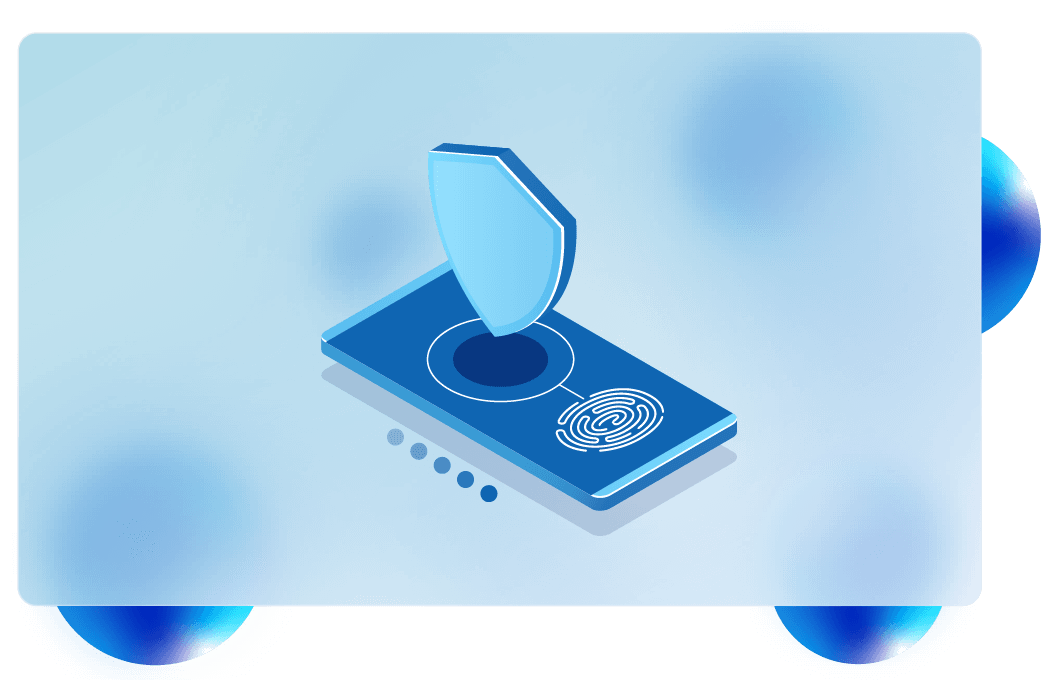In today’s rapidly digitalizing world, navigating the nuanced path of holistic identity verification is paramount for businesses aiming to strike the delicate balance between regulatory compliance, fraud prevention, and optimal customer experience. Insights from recent studies highlight the growing awareness and challenges surrounding generative AI technologies and deepfake detection among consumers, signalling an urgent need for advanced verification solutions.
Navigating the 5 Steps of Holistic Identity Verification in the Digital Age
The digital onboarding landscape in 2023 reflects a significant embrace of digital processes by the financial and insurance sectors, despite the complexities and consumer aversion to cumbersome sign-up procedures. This underscores a critical demand for solutions that harmonize security with user-friendliness. Furthermore, the surge in global spending on identity verification technologies, anticipated to exceed $20 billion by 2027, mirrors the escalating battle against identity theft and the pivotal role of sophisticated, integrable verification systems and biometrics in fostering digital trust and security.
The complex scenario referred to above calls for an agile approach in implementing robust identity verification processes, leveraging cutting-edge technologies to ensure seamless customer interactions while safeguarding against the evolving landscape of digital fraud.
Step 1: Collecting and Verifying Personal Information
The initial step involves collecting personal information from users, which can include names, addresses, and government-issued ID numbers. This process is crucial for establishing a baseline of trust. Ensuring the accuracy of this data at the outset is fundamental, as it sets the stage for all subsequent verification steps. The use of high-quality document scans here is paramount; clear and accurate scans are necessary to verify the authenticity of documents and to facilitate the extraction and verification of data through automated solutions.
Step 2: Document Verification
Document verification is a critical step that involves checking the validity of government-issued IDs, such as passports or driver’s licenses. This step benefits significantly from advanced document scanning and verification technologies that can authenticate documents’ features and detect any signs of tampering or fraud. High-quality scans are crucial, as they enable more accurate verification by providing detailed images of security features on these documents, which can be compared against templates or databases of authentic documents to ensure they have not been altered.
Step 3: Biometric Verification
Biometric verification adds a layer of security by matching the biometric features of the person, such as facial recognition or fingerprint scans, against the biometric data contained in verified documents. This step is increasingly important in the digital age, as it binds the digital identity to the physical person, making it significantly harder for fraudsters to impersonate someone else. The quality of the biometric data, which can be compromised by low-quality scans, underscores the importance of high-resolution images.
Step 4: Database Checks
Checking the information against multiple databases, both governmental and private, helps verify the authenticity of the provided data and assess any potential risks associated with the identity. This step involves cross-referencing personal information with lists of known frauds, politically exposed persons (PEPs), and sanction lists. Accurate and comprehensive data collection from high-quality document scans ensures that database checks are reliable and effective.
Step 5: Ongoing Monitoring and Risk Assessment
Finally, identity verification is not a one-off process but requires ongoing monitoring to detect and respond to new threats. Changes in a user’s risk profile or behavior can indicate potential fraud, requiring re-verification or additional scrutiny. Continuous monitoring, powered by advanced analytics and machine learning algorithms, relies on the initial accurate verification of identity to effectively track and manage risk over time.
The Crucial Role of High-Quality Document Scans
Across all these steps, the importance of high-quality document scans cannot be overstated. Clear, high-resolution scans ensure that all subsequent verification processes, from automated data extraction and biometric matching to document authentication, are as accurate and reliable as possible. Poor-quality scans can lead to errors, increased manual reviews, and a higher risk of fraud, undermining the integrity of the identity verification process.
Uncover Advanced Features with IDcentral IDV Platform
Implementing a holistic identity verification strategy requires sophisticated technology capable of handling complex verification tasks efficiently and securely. IDcentral’s IDV Platform offers advanced features and seamless onboarding APIs that empower businesses to conduct thorough identity checks, from document and biometric verification to ongoing risk assessment, all designed to streamline the user experience while maintaining the highest security standards.
Discover how IDcentral’s IDV Platform can transform your identity verification processes by ensuring security, compliance, and a smooth customer experience. Talk to IDcentral’s sales team for more information on our advanced identity verification solutions.
Uncover IDcentral IDV Platform’s Advanced Features and Seamless Onboarding APIsRequest a demo
IDcentral is the next-generation digital identity platform, that helps businesses across various domains to increase their profitability and reduce risk. IDcentral forays Subex’s vision to expand Digital Trust business beyond its core area of interest ‘Telecom’.
